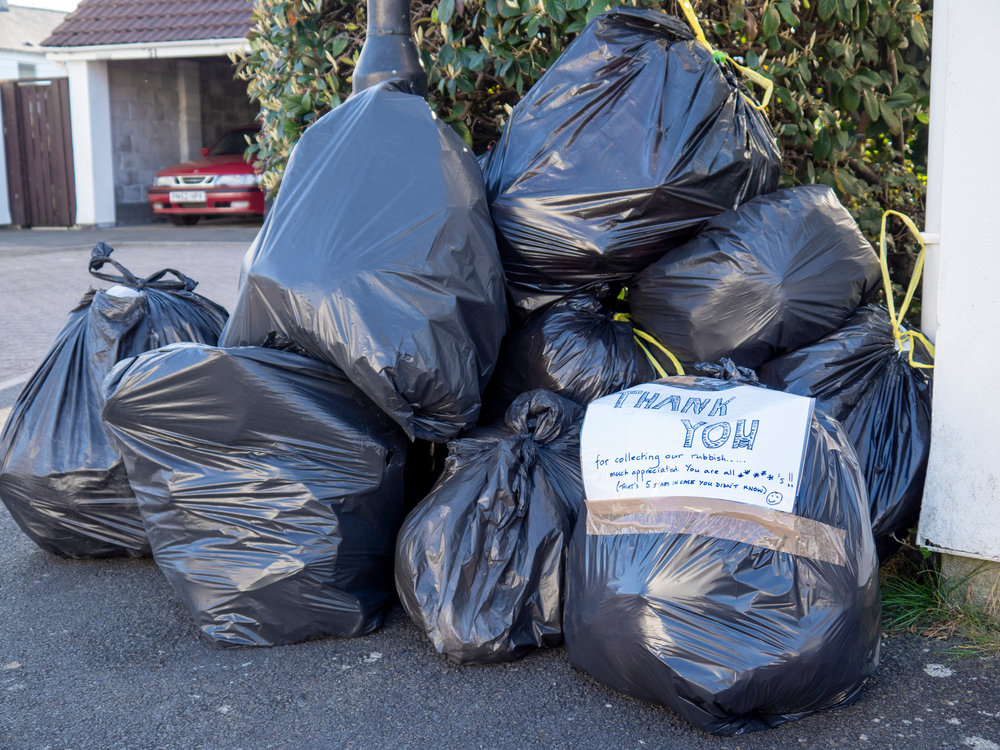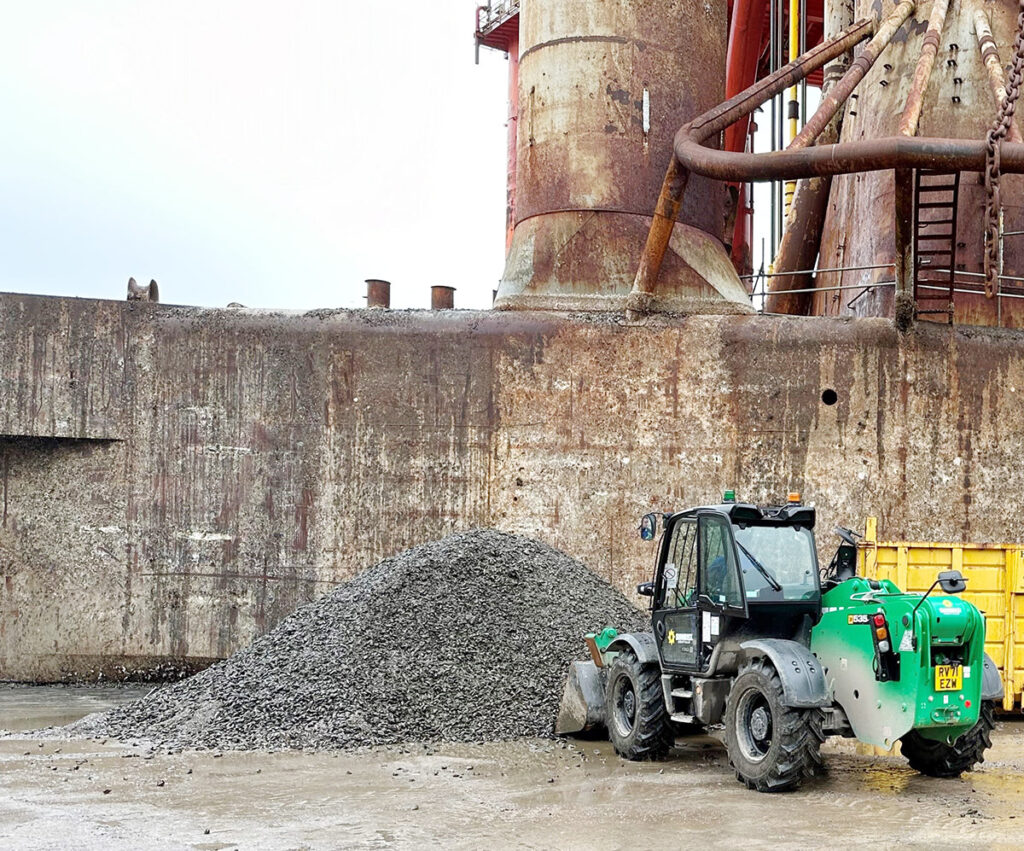The lifting of all pandemic-related restrictions in England in February is yet to see household waste volumes fall back to pre-Covid levels, though there are signs this may be changing.
Statistics published by the Department for Environment, Food and Rural Affairs (Defra) show the national lockdowns resulted in increased levels of household waste arisings in the 2020/21 financial year, which covered April 2020 to March 2021, as people spent more time at home.
The government ended all legal restrictions in England on 24 February, when it removed the requirement to self-isolate following a positive coronavirus test, but the pandemic has had a longer lasting impact on working habits.
The extent to which household waste volumes have changed remains unclear. With more people now working at home, many fear volumes will remain higher permanently.
Defra will publish official data on local authority-collected waste for 2021/22 in December. In the interim, John Coates, head of external affairs at local authority recycling officer organisation LARAC, told letsrecycle.com there was a “mixed picture”, with significant local variations.
As one example, a spokesperson for Southampton city council told letsrecycle.com they had not seen much difference in volumes, “according to the data we have to date”. The spokesperson warned they were waiting for the data to be verified.
By contrast, data from Worcester and Manchester suggests that household waste levels are returning to where they were in 2019/20.
‘Mixed picture’
The total amount of local authority-managed waste in 2020/21 increased by 1.3% from the financial year before to 25.9 million tonnes, while recycling fell by 2.2%.

Mr Coates said the situation since February was “very council specific”, with “no consistent picture”. “Some councils are reporting residual waste remaining at an increased level compared to pre-Covid times,” he said. “Others are seeing a 30% fall.
“Recycling increased significantly during Covid, with some reporting large increases in glass and cardboard, but whilst this has now fallen back for some collected tonnages are still above pre-Covid levels.
“There was a reduction in contamination in dry recycling during lockdown, but this has returned to pre-Covid levels now that a degree of normality has returned.”
Worcester
Though Defra refuses to comment on the overall landscape before the publication of the final statistics, some councils have begun to release data for the 2022/23 financial year.

Evidence from Worcester suggests volumes of waste in the city could be starting to return to pre-Covid levels. A meeting of Worcester city council’s environment committee on 19 July heard that the amount of recyclable and compostable waste collected between April and June fell by 200 tonnes when compared with the same period of 2021. And, residual waste fell by 380 tonnes in the same time.
A report which went before the committee reads: “The change in the waste volumes is seen as a direct result of behavioural change driven by the Covid pandemic, with previous lockdowns meaning residents spending more time at home and therefore creating additional waste that would normally not have found its way into the domestic collection waste stream.
“With government guidance changing as a return to a more normal way of life continues, the volume of waste is decreasing and returning to more normal levels shown before the pandemic.”
Manchester
Elsewhere, Justin Lomax, head of contract services for the waste and resources team at the Greater Manchester Combined Authority (GMCA), was another to say that total overall waste arisings had returned to 2019/20 levels in 2021/22.

For the nine waste collection authority districts of Greater Manchester excluding Wigan, total waste arisings increased by 3.5% during 2020/21 and then returned to pre-Covid levels in 2021/22, the GMCA told letsrecycle.com.
In 2019/20, 1.1 million tonnes of waste arose across the GMCA. This rose to 1.3 million tonnes in 2020/21, before dropping back to 1.1 million tonnes in 2021/22. These figures include all the recycling and residual waste collected at the kerbside, plus all arisings from the 20 HWRCs.
In 2020/21, total waste arisings at Manchester’s HWRCs fell by 18% when compared with 2019/20 levels, the GMCA says, while waste collected at the kerbside rose by 11%.
The change in volumes reflects the steps taken by the GMCA in response to the pandemic. The GMCA closed all its HWRCs for the start of the first lockdown in March 2020 and then re-opened the sites in a staged process throughout May and June. A van permit system was introduced in November 2021 as part of Covid-19 controls, which the GMCA says “further reduced the site throughputs”.
However, the GMCA told letsrecycle.com it was “difficult to attribute any changes at the HWRCs to Covid alone”. In February 2020, the GMCA introduced restrictions such as limits to visits “to deter traders from using the HWRCs”, which it says caused a decrease in throughput levels as well.
Data
Chery-picking data from councils makes it impossible to draw an overall conclusion about waste arisings since the lifting of restrictions, given the local and regional variations. However, the lack of clarity proves volumes have not bounced back to pre-Covid levels across the whole country, as the slow transition to normality continues. It will be fascinating to see the true picture when Defra publishes the annual data in December.












Subscribe for free